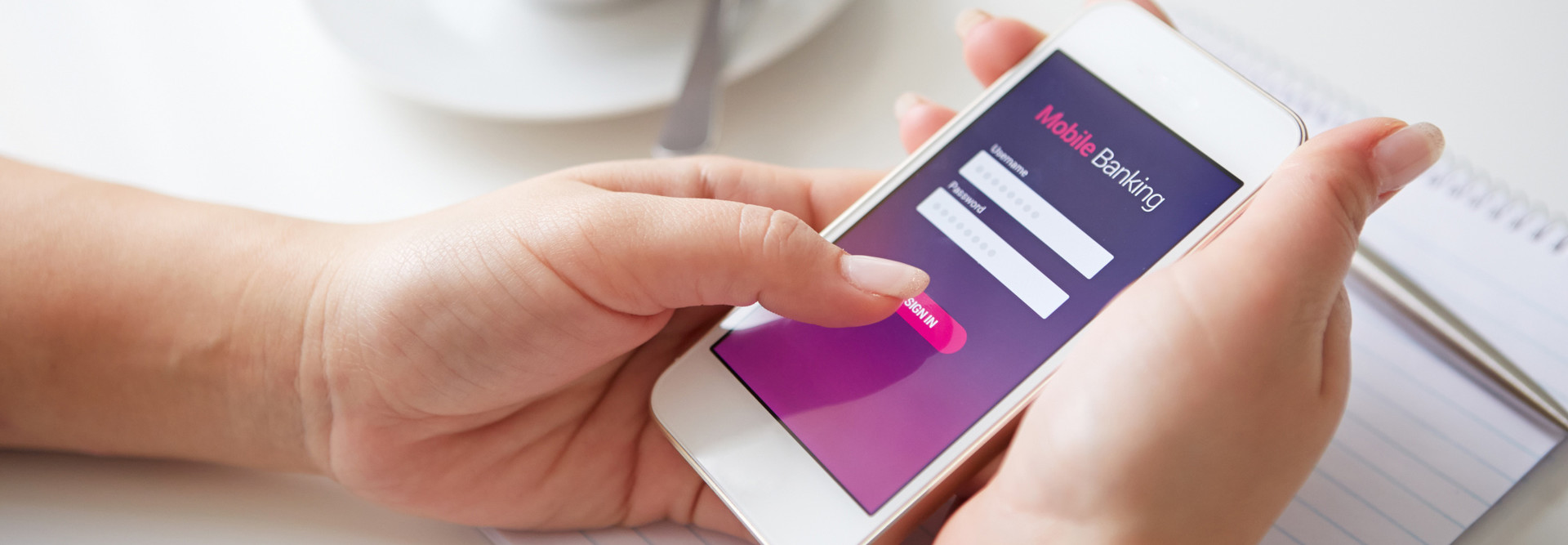Mobile Banking Makes Waves at Bank of America and Other Leading Banks
There’s no denying it: Mobile banking services are a business imperative.
According to the 2015 Bank of America Trends in Consumer Mobility Report, 51 percent of survey respondents use mobile or online options as their primary method of banking. That’s up 4 percent from 2014.
Despite mobile banking’s growth in popularity, brick-and-mortar financial institutions still serve an important function for consumers: In both 2014 and 2015, about 4 out of 5 survey respondents said they’d visited a branch within the previous six months.
Those conflicting trends make it particularly important for financial institutions to find a balance between physical branches and digital services.
According to an article on PYMNTS.com, which was recently named one of BizTech’s Must-Read Financial IT Blogs, Bank of America saw the need to adjust its retail footprint after gaining more than 2 million mobile banking customers between the second quarters of 2014 and 2015. But even as it closed 267 branches over the past year, the banking giant opened another 33 locations, hired additional customer-facing employees and bolstered its mobile appointment-scheduling feature to make its retail locations more efficient.
Banks March Toward an IT-Driven Future
Bank of America’s mobile-first strategy has paid off. The institution not only earned top honors for functionality in digital analytics solutions provider Keynote’s semiannual Mobile Banking Scorecard but also shared overall first place with three-time winner Wells Fargo.
Wells Fargo continues to make major strides toward tech innovation. According to an article in The Wall Street Journal, the bank recently began testing mobile biometric authentication methods such as voice recognition and eye scanning. And Wells Fargo isn’t alone: A report from the Aite Group indicates that six of the nation’s largest 19 banks plan to deliver the technology by the end of 2015.
While mobile biometric authentication represents a significant advancement in financial services, it’s just a stepping-stone on the way to bigger, better things. Jim Marous describes the bright future of mobile banking in a post on BAI Banking Strategies:
The banking industry is still well short on harnessing the power of mobile, beyond simply a channel or technology. Many on our crowdsourcing panel believe 2015 will be the year when leading banks use mobile design strategies as the foundation for all customer touchpoints and when the expansion of capabilities will provide digital differentiation.
Matthew Wilcox, senior vice president, Marketing Strategy and Innovation, at Fiserv, says that the most significant change in financial services will be the shift in digital banking strategy from a self-service delivery channel to a full-service delivery channel and a shift from using mobile as a cost reduction tool to a way to expand share-of-wallet and become central to a consumer’s financial life.
And considering how quickly bank customers are getting on board with those digital shifts, it seems likely that financial institutions will have to put mobile first or risk finishing last.









